Planting seeds to grow bee friendly plants in pots or scatter sow them in your garden beds. For the most reliable way to grow seeds plant them in pots with seed raising mix. Of you live in an area with lighter rainfall, you can scatter sow flower seeds in an open sunny area in your garden.
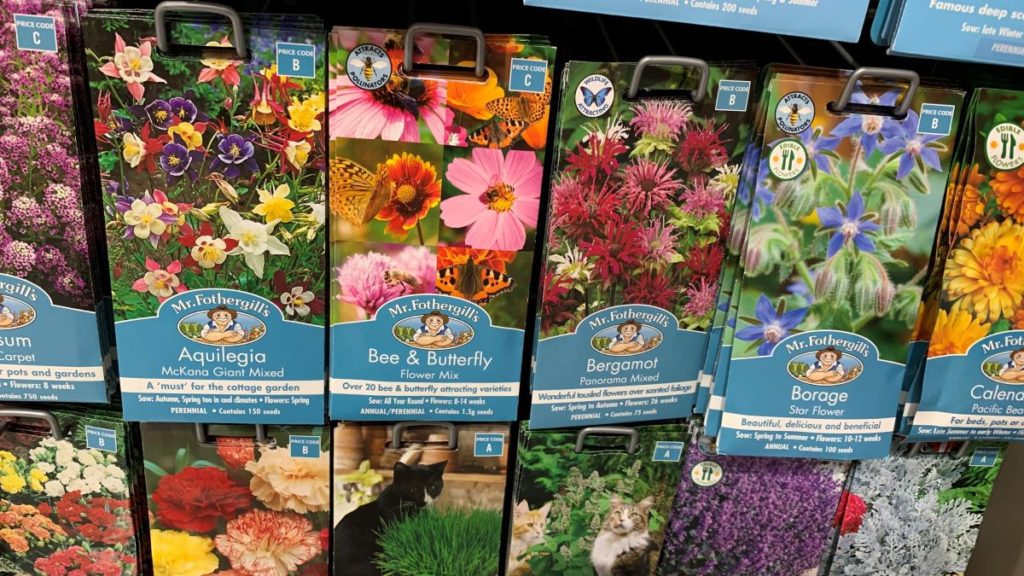
Seed types for bee friendly seed mixes
The types of seeds included in bee friendly mixes can vary. Here is a list of the typical types of seeds contained in bee friendly mixes.
- Alyssum
- Buckwheat
- Caraway
- Coriander
- Cosmos
- Dill
- Gypsophila
- Marigolds
- Queen Anne’s Lace
- Red Clover
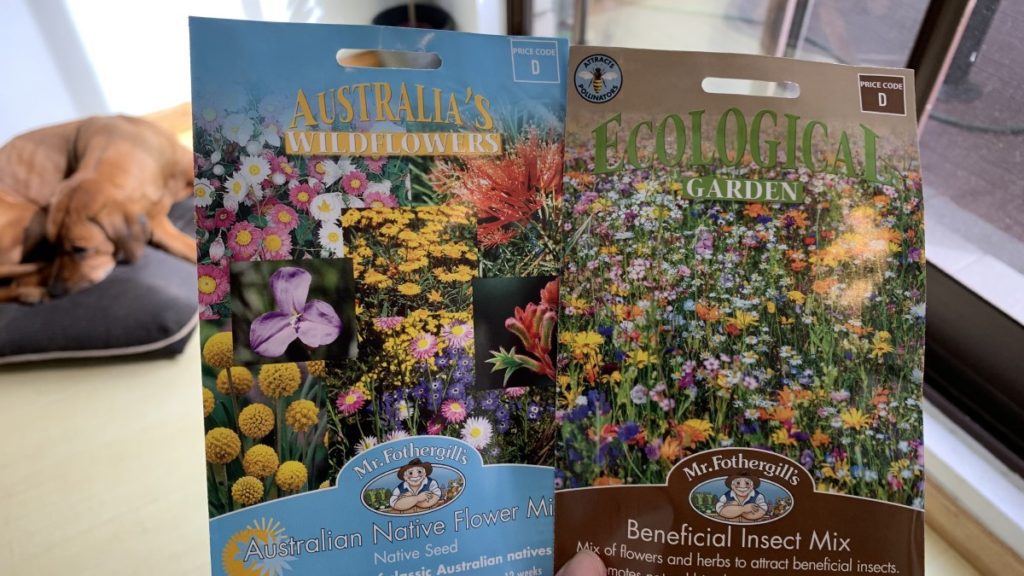
Planting bee friendly seeds in the garden
If you have an open area in your garden at least 2 feet by 2 feet you can scatter sow bee friendly seeds straight in the soil. Simply rake back the mulch to show the soil and create small holes in the top soil. The seeds can then be scattered into the holes.
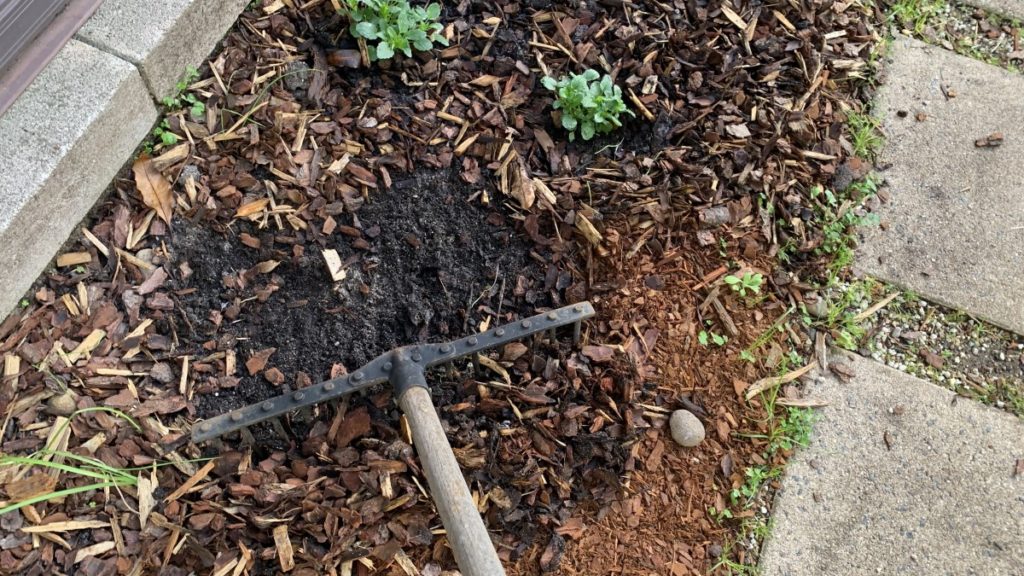
If the seeds are small, mix them with a small amount of sand. You can then scatter them easily and thinly over the top of the soil.
Scatter a thin layer of seed raising mix over the top of the seeds. Seed raising mix is a perfect top dressing for the seeds as it will keep the soil moist for longer and won’t contain any large pieces. Large pieces of bark or soil can stop small seeds from pushing through the soil.
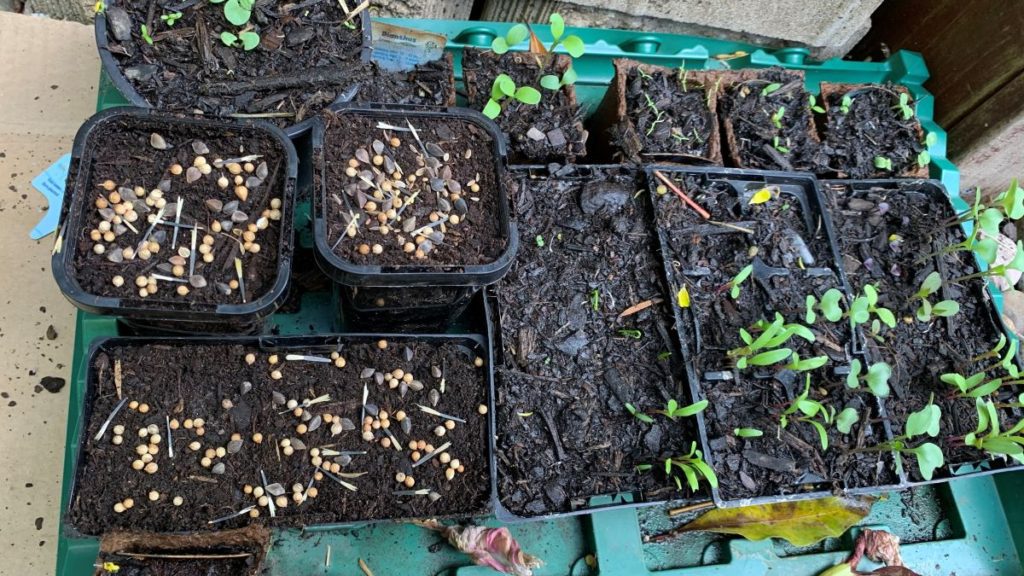
The most important factor for successfully raising bee friendly seeds is that they are kept moist until they sprout and are established. In warm spring weather, seeds may need to be lightly sprayed with water to moisten the top soil.
Keep a close eye on the plants until they reach 3-4 inches high and their roots have grown bigger. Over time the plants roots will reach down into the soil where the moisture will last longer. Until then, keep them well watered.

Mulching bee friendly seeds
Do not place mulch on top of bee friendly seeds as this will block the light and they will not grow through. Even a light layer of mulch can stop the seed from growing through. For the best results leave the soil uncovered and well-watered. Once the plants have grown larger, you can move mulch around the base of the plant.
Planting bee friendly seeds in pots
Plant bee friendly seeds in pots by filling the pots with seed raising mix. Leave the soil 1 inch down from the top of the pot. Gently scatter seeds on the top of the soil and then cover it with more seed raising mix. Seeds should only be covered with as much soil as they are thick. So this may only be 1-2mm of soil. If seeds are buried too deep they won’t be able to grow through.
What else will be attracted to a bee friendly seed mix
A range of pollinating insects will be attracted to bee friendly seed mixes.
- Butterflies
- Bees
- Ants
- Moths
- Beetles
Attracting a wide range of insects is a great way to increase the biodiversity in your garden and create a natural insect balance. Planting flowers that are different sizes and heights will allow bees and pollinators of different sizes to collect pollen from different flowers.
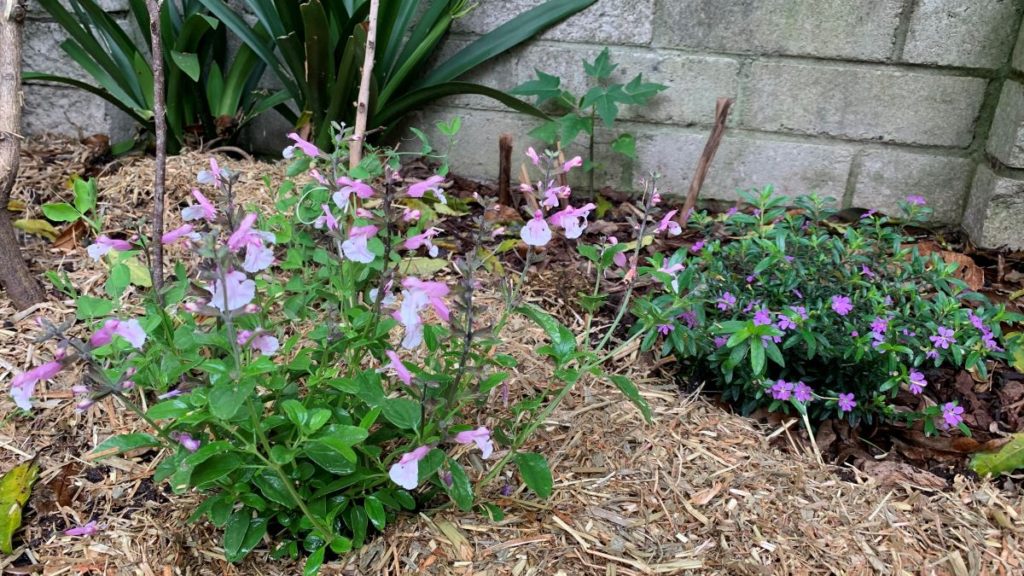
Different bee species will visit different flowers for different lengths of time. For more on the types of bees attracted to lavender, check out my previous article.
Other ways to attract bees to your garden
Insect hotels
Bringing an insect hotel into your garden is a great way to attract solitary bees to your garden. These bees will love an insect hotel with a range of hole sizes that is kept in a protected place. They can use this as a temporary stop or set up home and lay their eggs.
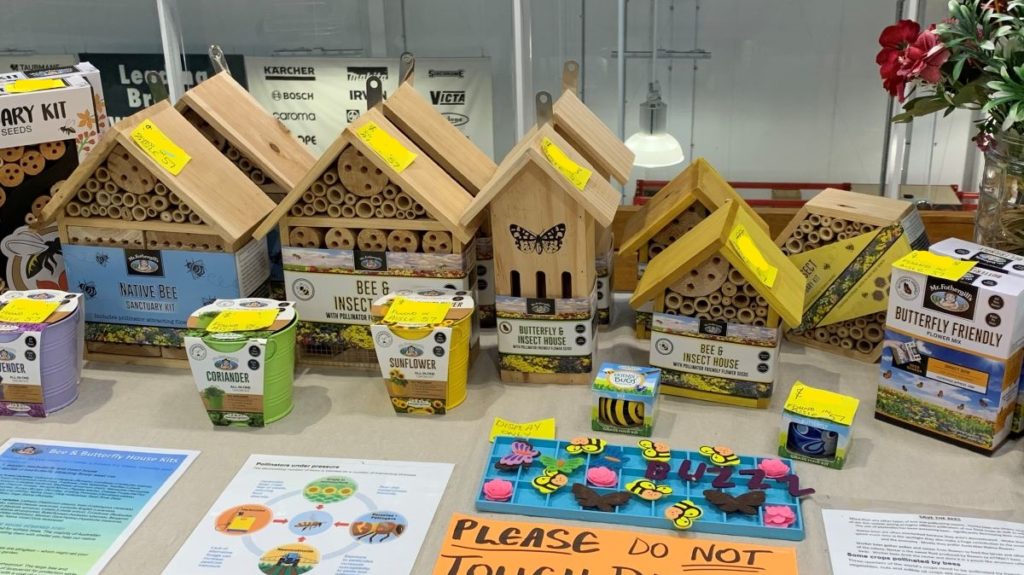
Australian stingless bees will love an insect hotel to make their home. You can make these yourself or get them from your local hardware store or garden center.
Plant annual flowers
Plant flowers that will grow over the summer growing season or winter. Annual flowers grow over 1 year and because they are shorter lived, they have a bright flower display to attract pollinators to move pollen from flower to flower to reproduce.
Great examples of annual flowers for winter are pansies, violas and dianthus. You could also plant poppies or tulips. For great summer color and to attract bees plant these great flowers:
- Cosmos
- Dahlias
- Larkspur
- Petunias
- Marigold
- Snapdragons
How to succession plant bee friendly seeds
Some seeds will be more difficult to grow than others so planting a few pots full can be a great way to get the most out of your planting. Plant 2 pots at a time and wait for the seeds to sprout. Then plant 2 more pots with bee friendly seeds. Repeat this until you have enough plants for your garden.
Using the succession planting method can prevent you losing all of your seeds if you forget to water them. I also like to plant my seeds in deeper pots and let them grow to a larger size. For all of my bee friendly seeds I choose pots that are at least 3 inches deep. This holds more water and you can grow a larger plant.
Planting bee friendly seeds – summary
Planting bee friendly seeds in your garden by the scatter sow method or in pots is a great way to diversify your backyard planting. Bees populations are currently struggling so anything we can do in our home backyards to support bees is a good idea.
Planting more flowering plants and food for bees or providing them with an insect home to live in are great ways to help your local bee population and create an eco friendly garden. Remember skip the pesticides to keep the bees happy.
Happy growing.
I am an accredited practicing dietitian, experienced gardener and a dedicated cook. I love writing and sharing my experience so you can learn from my successes and mistakes.

Comments are closed.